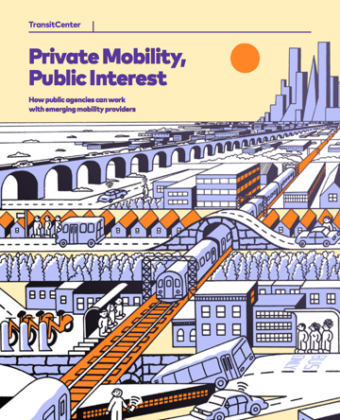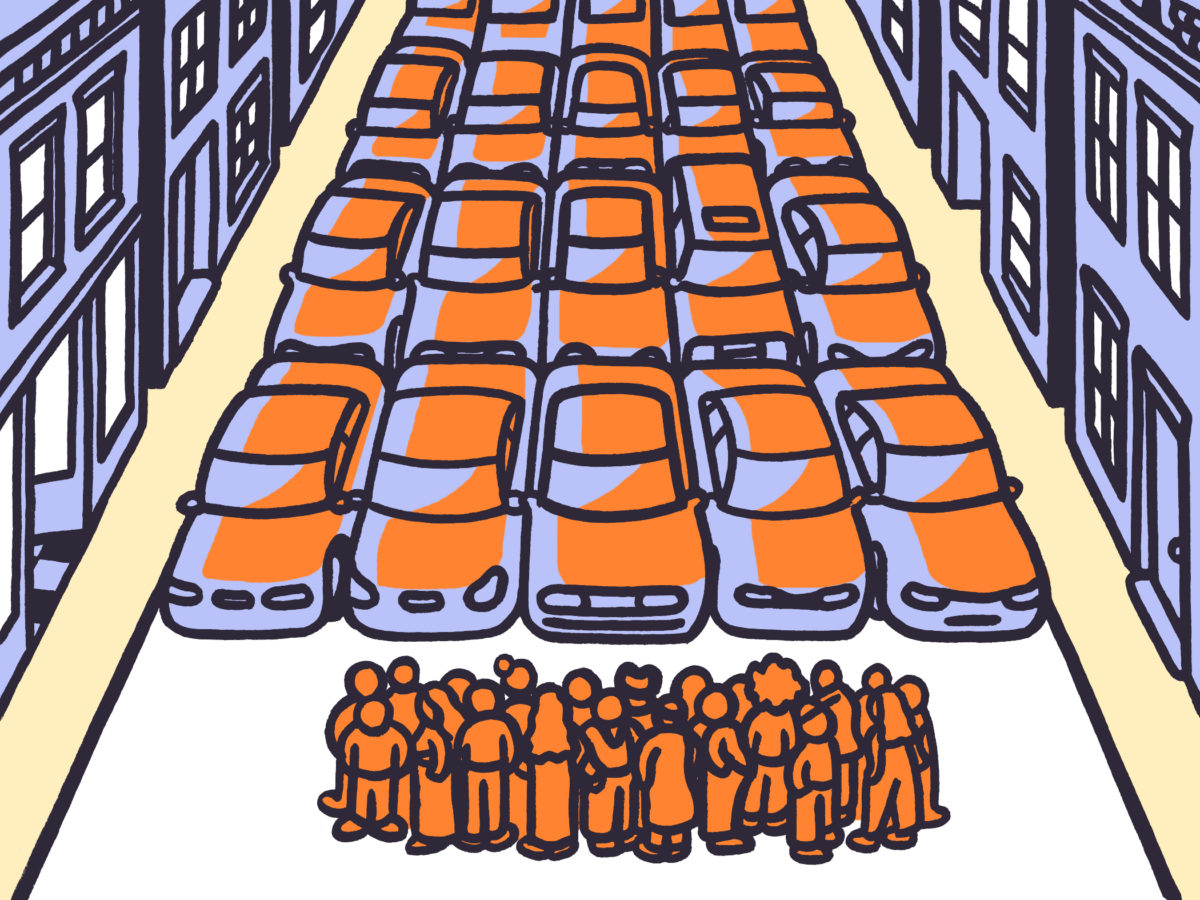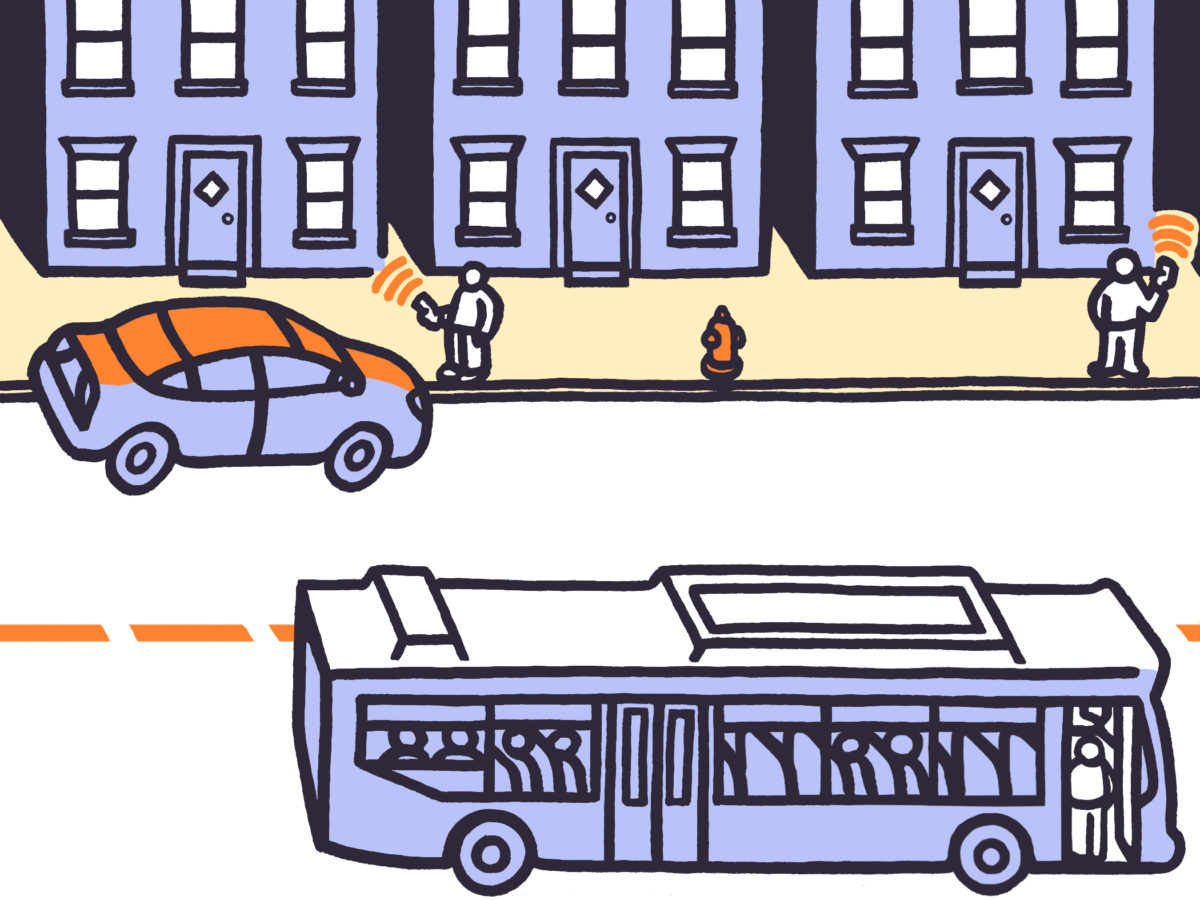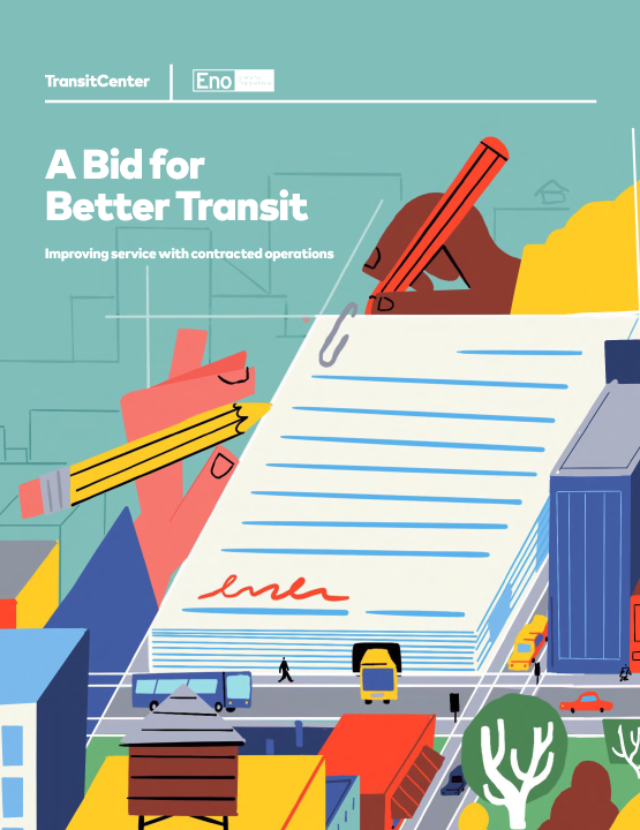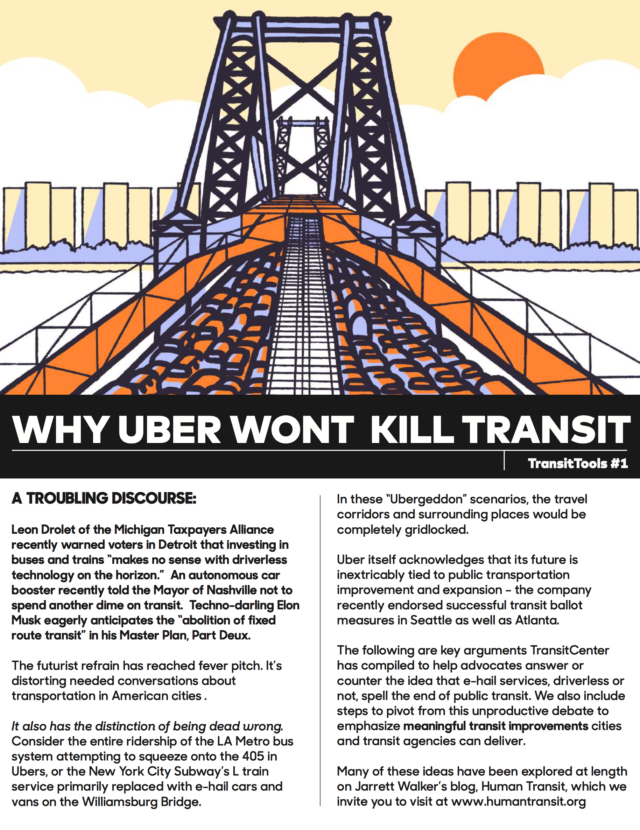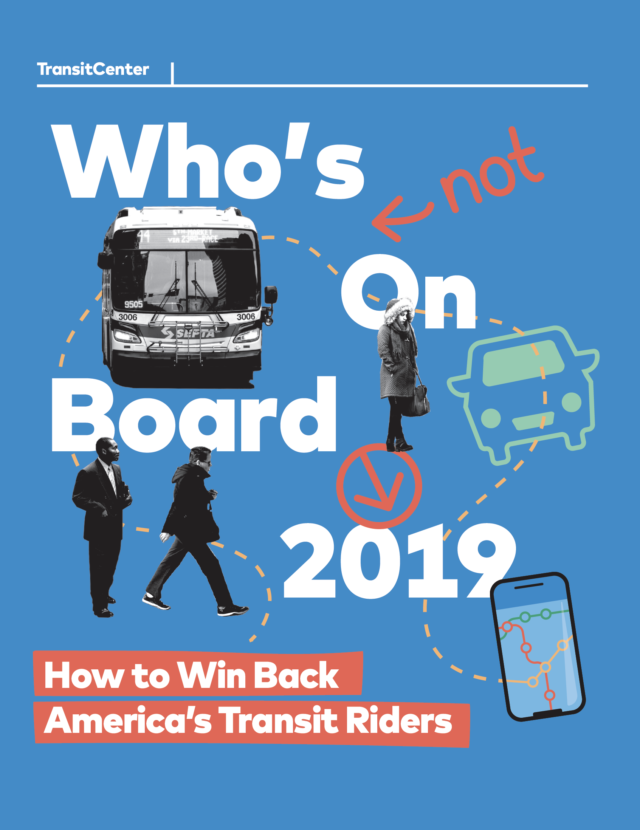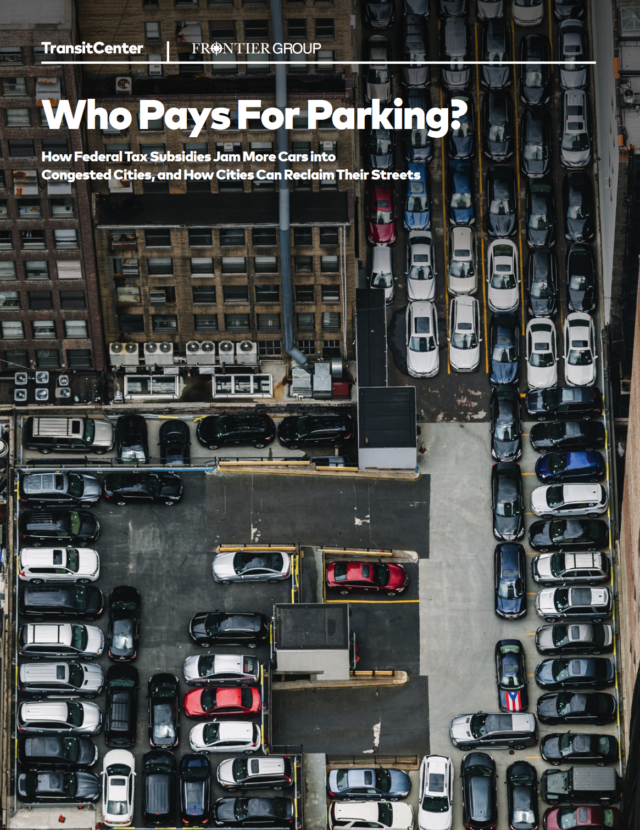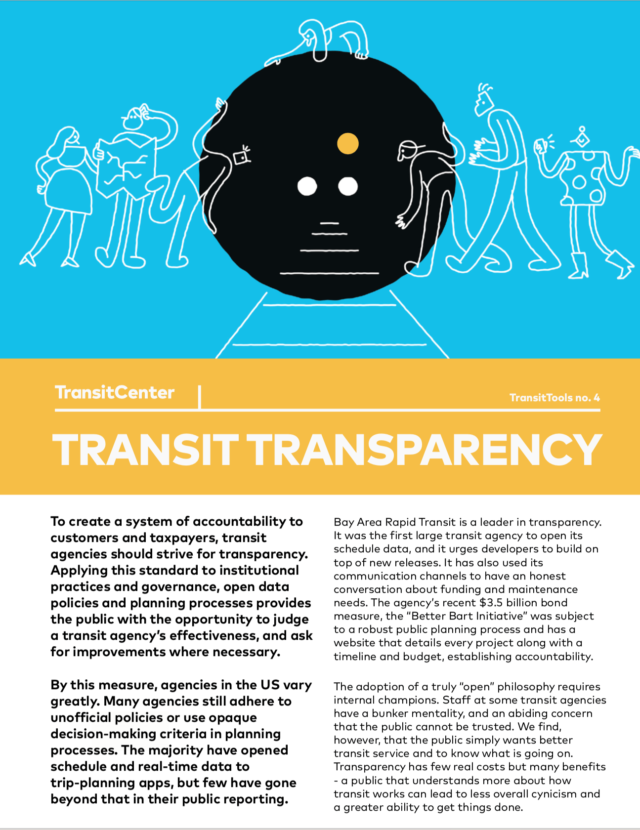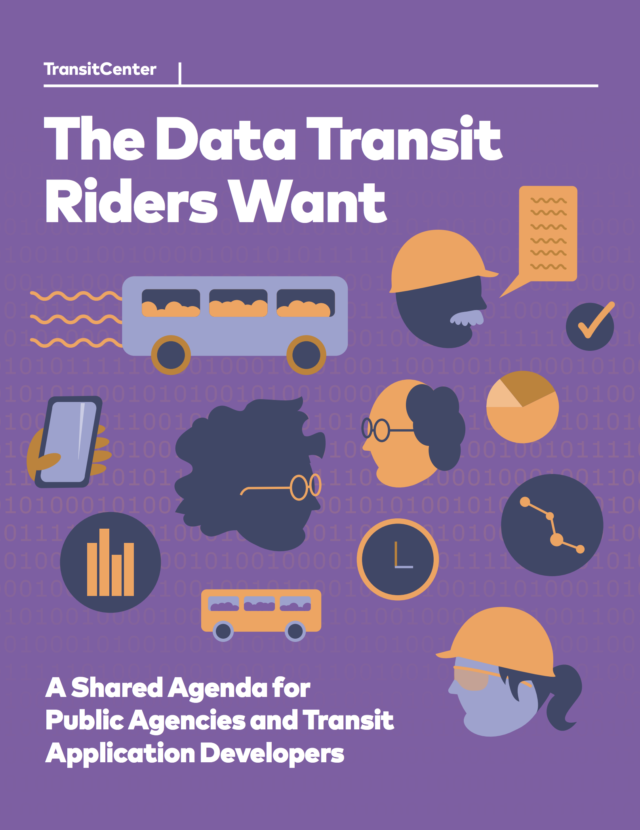Summary of Key Findings
Emerging mobility services like bikeshare, carshare, on-demand transit, and transportation network companies provide more transportation options for customers to choose how to get where they want to go.
- Emerging mobility services allow for greater transportation efficiency by creating opportunities for more flexible planning by public agencies. If agencies can reduce the cost of providing equivalent or better service in inefficient transit markets, they can reallocate savings to improve service elsewhere.
- Emerging mobility and other third-party data providers hold robust and valuable data that can be used to improve agency planning efforts. Agencies should identify their needs and seek access to these data accordingly, which will in many cases result in stronger reporting requirements.
- Emerging mobility services have not yet transformed public transportation. They will not replace high-quality, fixed-route transit as the most efficient means of moving people along dense urban corridors, and focusing on emerging mobility services is not a substitute for designing walkable, mixed-use neighborhoods or engaging in pedestrian- and transit-oriented planning.
- The public sector controls valuable assets, like parking spaces and street right-of-way, that can be used to negotiate for contracted services, access to data, or equitable geographic coverage, for example.
- Agencies can subsidize customer trips using emerging mobility providers in order to achieve desired transportation outcomes, such as increased average vehicle occupancy or increased first- or last-mile transit transfers.
- Agencies who provide high-quality open data, especially real-time transit data, and use open data and technology standards will enable more rapid innovation toward streamlined customer trip-planning and payment systems.
- Integrated fare payment system implementation is a valuable leverage point for agencies working with emerging mobility providers.
- Agencies need to proactively start to break down barriers to collaboration with emerging mobility providers––barriers like restrictive procurement processes, work rules, or agency traditions––by creating clear pathways to working together.
- There is a substantial gap between current practice and the anticipated potential for on-demand transit and transportation network companies to serve paratransit trips and other markets that are particularly expensive to serve using fixed-route transit. Public agencies can close this gap by starting with targeted pilot programs with emerging mobility providers.
- As new and existing providers continue to test different business models and growth strategies, public agencies must also experiment and share lessons learned with one another and with emerging mobility providers.
Press
Curbed: How cities can work with Uber and Lyft to create bigger, better transportation networks, September 8, 2016
amNY: TransitCenter: NYC should work with Uber, Lyft, other private companies , September 8, 2016
Fast Company: How Uber and Lyft can fill transit gaps in cities, September 8, 2016
Austin Business Journal: Austin studying how ridesharing could help public transit gain traction, September 8, 2016
Next City: Uber, Bike-Share and More Are Factors in Tomorrow’s Transit Agency, September 8, 2016
WIRED: 3 tips for a hot, sexy, long-lasting relationship with a private mobility company, September 8, 2016
Streetsblog USA: No, Uber’s Not Going to Replace Buses, But It Can Complement Them, September 9, 2016
Slate: Is Uber Killing the Public Bus, or Helping It?, September 12, 2016
3 Reasons Why Uber Won't Kill Transit
Whether they’re Lyft or Uber, electric or driverless, cars hog space. Technology and venture capital can’t change the geometric fact that 40 people in cars take up more space than 40 people on transit. It’s an unassailable matter of geometry. Transit will always be the most space-efficient way of moving people. Research in American cities found that while 10-foot bus or rail dedicated transitway can move 10,000 – 25,000 persons per hour, private vehicles like Uber can only move 600-1,600 per hour in the same space. That’s only 7% of what transit can do.
Technology and venture capital can’t change the geometric fact that 40 people in cars take up more space than 40 people on transit.
Instead of consigning city streets to nothing but space for moving vehicles, transit provides us with opportunities to create wider sidewalks, cafes, bike lanes and parklets–in short, with the type of benefits compelling more and more Americans to seek to live in dense cities and towns.
Complaints about transit will usually include a riff on “empty” buses. A bus that carries ten riders per service hour is generally qualified as poor performing. But in comparison, Uber and Lyft max out at six riders per hour. For an Uber or Lyft driver to serve ten people per hour, it would mean the driver is picking up a new passenger every six minutes, physically impossible in American cities.
In major cities, Uber is busiest at night when transit service runs less frequently. Transit is busiest and most effective at moving people during peak commute hours. Surveys of Lyft and Uber users find the most popular time to call a driver is at 2 am and that few use it for commuting.
From the Blog
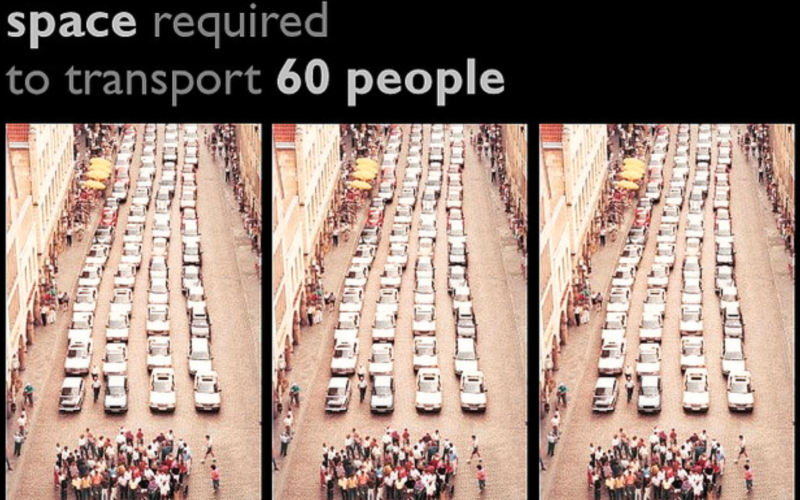 4 Things For Transit Agencies to Remember in a World of Driverless Car Hype
4 Things For Transit Agencies to Remember in a World of Driverless Car Hype
Private Mobility, Public Interest is a report for public-sector leaders committed to making it easy for their citizens to get...
Read MorePrivate Mobility, Public Interest is a report for public-sector leaders committed to making it easy for their citizens to get...
Read More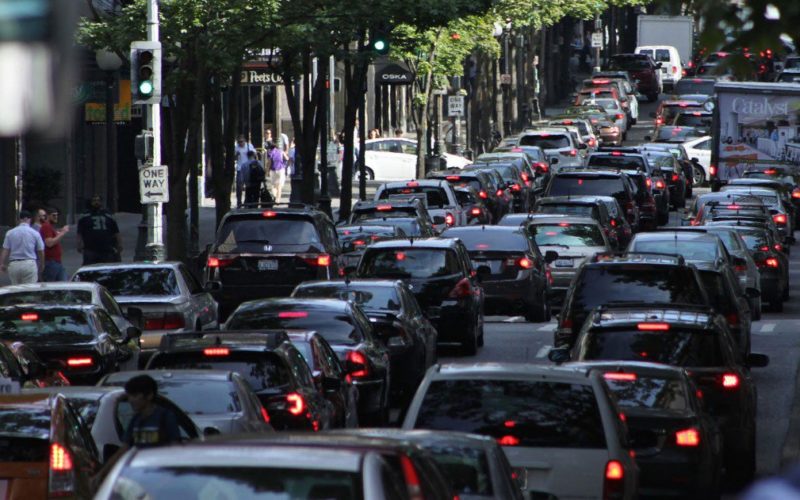 Accept No Substitutes for Full Trip Data From Uber and Lyft
Accept No Substitutes for Full Trip Data From Uber and Lyft
Private Mobility, Public Interest is a report for public-sector leaders committed to making it easy for their citizens to get...
Read More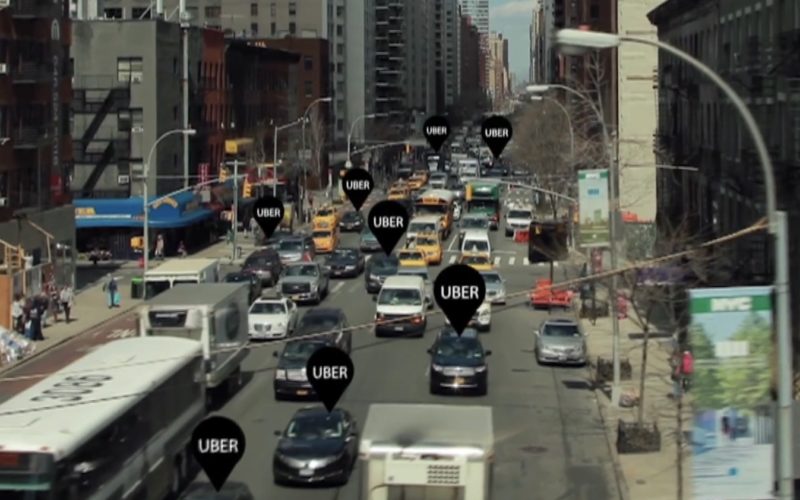 How to Put the Pool into Uber
How to Put the Pool into Uber
Private Mobility, Public Interest is a report for public-sector leaders committed to making it easy for their citizens to get...
Read MorePrivate Mobility, Public Interest is a report for public-sector leaders committed to making it easy for their citizens to get...
Read More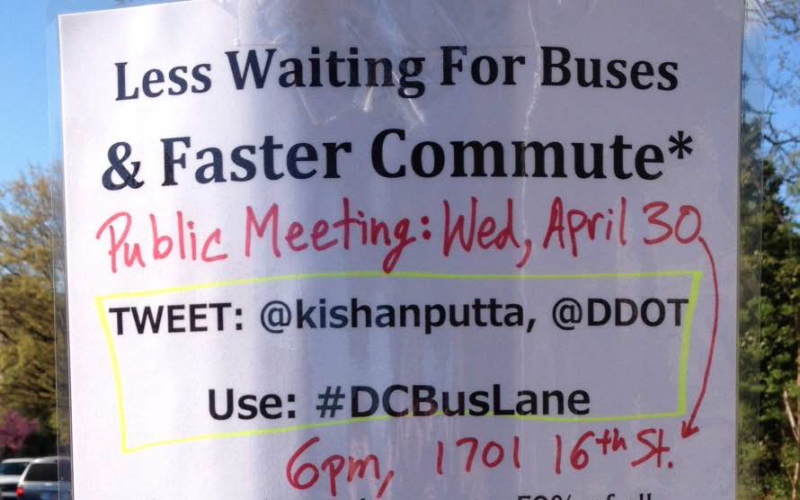 All Transportation is Hyper-Local
All Transportation is Hyper-Local
Private Mobility, Public Interest is a report for public-sector leaders committed to making it easy for their citizens to get...
Read MorePrivate Mobility, Public Interest is a report for public-sector leaders committed to making it easy for their citizens to get...
Read More 4 Things For Transit Agencies to Remember in a World of Driverless Car Hype
4 Things For Transit Agencies to Remember in a World of Driverless Car Hype
Private Mobility, Public Interest is a report for public-sector leaders committed to making it easy for their citizens to get...
Read MorePrivate Mobility, Public Interest is a report for public-sector leaders committed to making it easy for their citizens to get...
Read More Accept No Substitutes for Full Trip Data From Uber and Lyft
Accept No Substitutes for Full Trip Data From Uber and Lyft
Private Mobility, Public Interest is a report for public-sector leaders committed to making it easy for their citizens to get...
Read More How to Put the Pool into Uber
How to Put the Pool into Uber
Private Mobility, Public Interest is a report for public-sector leaders committed to making it easy for their citizens to get...
Read MorePrivate Mobility, Public Interest is a report for public-sector leaders committed to making it easy for their citizens to get...
Read More All Transportation is Hyper-Local
All Transportation is Hyper-Local
Private Mobility, Public Interest is a report for public-sector leaders committed to making it easy for their citizens to get...
Read MorePrivate Mobility, Public Interest is a report for public-sector leaders committed to making it easy for their citizens to get...
Read More